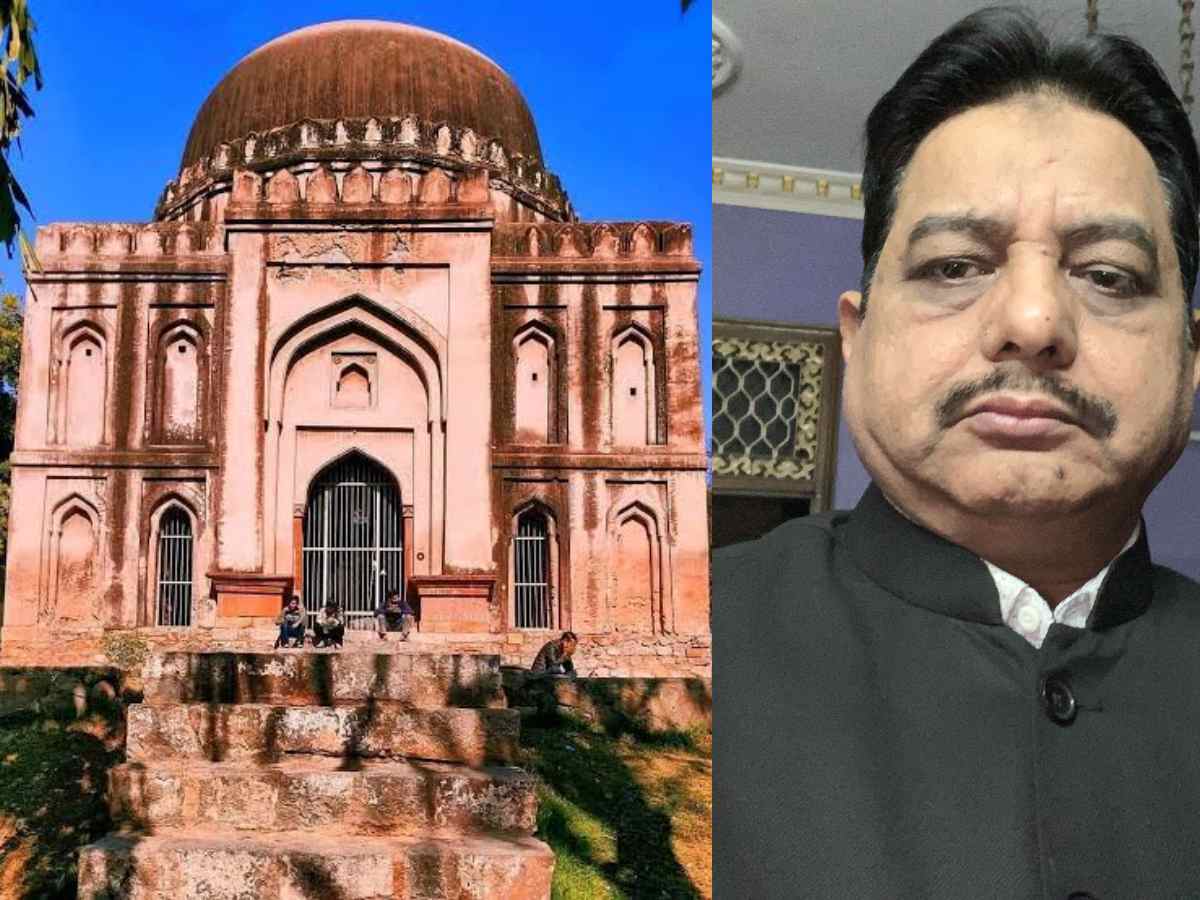
Kale Khan: Even as the Sarai Kale Khan ISBT Chowk has been renamed Birsa Munda ISBT Chowk, the name Kale Khan continues to survive in various parts of the capital. However, it remains debatable whether all these references to Kale Khan point to one individual or several distinct figures. Sarai Kale Khan is primarily a Gujjar community village, similar to others in Delhi, such as Ghazipur, Kotla, Pilanji, and Chandrawal.
But how did a village dominated by the Gujjar community come to be known as Sarai Kale Khan? One theory suggests it is named after a renowned Sufi saint, Pir Kale Khan, who lived during the era of Sher Shah Suri. Sher Shah Suri conquered Delhi in 1540 after defeating Humayun in battle. Another theory suggests Kale Khan was simply a prominent figure in the village. Clearly, there must have been some sarai (resting place) for travellers in the area. Similar examples include Yusuf Sarai, Kalu Sarai, Ber Sarai, and Sarai Julena.
Also read: Delhi: Why North and South blocks may fade, but their legacy won’t
Kale Khan’s Tomb in South Extension
Adding to the mystery of Kale Khan’s identity is a tomb located in South Extension, behind the bustling market near Kotla Mubarakpur. The year 1481 is inscribed on the wall of this tomb. However, there is no concrete evidence to support its association with Kale Khan, nor is it clear why or when it came to be known as Kale Khan’s tomb, also called Kale Khan Ka Maqbara. It is situated not far from Hazrat Nizamuddin Railway Station.
Some accounts claim that Kale Khan was a nobleman during the reign of Mughal emperor Humayun. The tomb, reflecting Mughal architectural styles, features a mix of Indo-Islamic elements, though on a much smaller scale compared to grander structures like Humayun’s Tomb. Constructed with red sandstone and adorned with intricate geometric patterns and inscriptions, the tomb stands as a modest example of its era. Unlike the elaborate restoration seen at Humayun’s Tomb, Kale Khan’s tomb has not received the same attention. Its exact date of construction remains unknown. This writer has observed the tomb for decades, noting that a small garden has gradually developed around it. On most days, one can spot youngsters sitting in its peaceful surroundings.
Not far from Sarai Kale Khan or South Extension is Haveli Kale Khan, believed to have been the residence of Mughal emperor Bahadur Shah Zafar’s spiritual guide, Kale Khan. Noted historian Rana Safvi has written: “Kaale Miyan was the spiritual preceptor (Pir o Murshid) of Emperor Bahadur Shah Zafar.” Rajinder Singh, a social worker from Mehrauli, notes, “Mehrauli is replete with historical structures. Many of us are unaware that a Haveli Kale Khan exists in our area.”
It is worth recalling that Bahadur Shah Zafar also revered another Sufi saint, Qutubuddin Bakhtiyar Kaki, whose tomb is located in Mehrauli. This connection underscores the area’s deep spiritual and historical significance.
In Delhi-6, the historic Ballimaran area, lies Ahata Kale Khan, also known as Dawai Tola. Ahata translates to “compound,” and this site includes a mazar (shrine). However, local residents like Taki Mohammad admit uncertainty about whether Ahata Kale Khan is connected to the same spiritual guide. “Nobody is sure,” he says, “but the saint was deeply respected in his time.”
Also read: Delhi: Winter of misery for the homeless in the national capital
As if these associations were not enough, yet another mazar linked to a saint called Pir Kale Khan exists near Indira Gandhi International Airport. This shrine draws a large number of devotees every Thursday, who gather for prayers. However, whether this mazar is dedicated to the same Kale Khan as the others or a different figure altogether remains an unanswered question.
The mystery of Kale Khan remains unresolved. Whether there was a single Kale Khan or several individuals with the same name, his legacy continues to echo across Delhi’s historical and cultural landscape. The references—from Sarai Kale Khan to Kale Khan’s tomb, Haveli Kale Khan, Ahata Kale Khan, and even the mazar near the airport— reflect his lasting influence. Yet, the details of his life and identity remain a matter of speculation, leaving the story of Kale Khan intriguingly incomplete.
The writer is a Delhi-based senior journalist and author of two books ‘Gandhi’s Delhi: April 12, 1915-January 30, 1948 and Beyond’ and ‘Dilli Ka Pehla Pyar – Connaught Place
The protest was held in front of the DPCC office in Rajiv Bhawan, where party…
He directed the removal of illegal parking and encroachments from 62 identified traffic congestion hotspots…
The chief minister made these remarks at the inauguration of a Metro Museum at the…
A call regarding the incident that occurred near the bus stand road in Shashi Garden…
Soon after the killing, the Lawrence Bishnoi gang claimed responsibility through a social media post,…
He was accompanied by Uruguay great and close friend Luis Suarez and Argentina teammate Rodrigo…